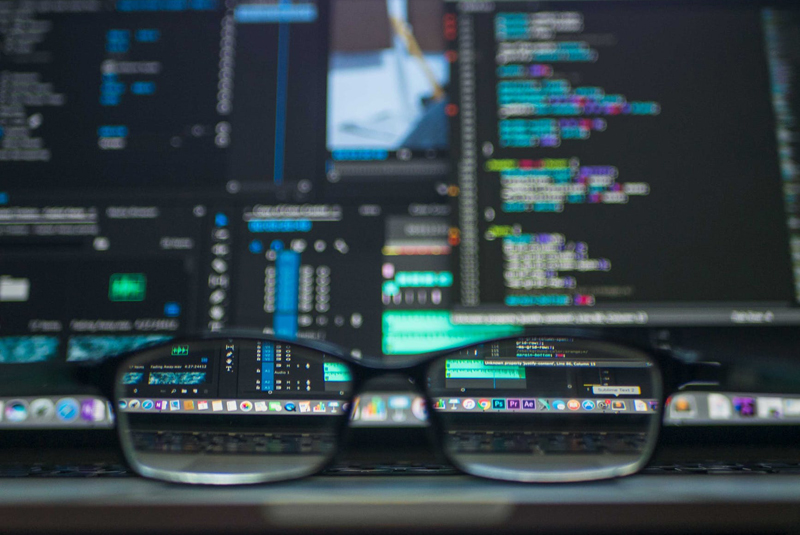Basic Computer Maintenance Procedures

A properly maintained computer is key in ensuring a fast and smooth computing environment. In addition, to the standard virus scanning and defragging procedures, there are additional steps that can be taken to ensure a computer is running in a optimize state.
Listed below are the essential procedures for maintaining a computer.
Delete Temporary (tmp) Files
Temporary files are created on the hard disk by programs to store information while the program is in use. After the program is closed the tmp files should be deleted. Unfortunately, this is not always the case and over time, the hard drive starts to be filled with unnecessary tmp files.
Steps to Delete tmp Files:
Start | Search
Select All Files or Folders
In the search box type *.tmp
Click Search Now
Edit | Select All – will select all the tmp files for deletion
Press Delete key
Delete Temporary Internet Files and Cookies
When surfing the Internet sites that are visited store temporary files on the local computer in cache or as cookies. These files contain information about the site including text, graphics and personal information. Over time, the number of these files continues to grow taking up disk space, and in the case of cookies, posing possible security hazards.
NOTE! Sites that store username and password information for automatic login save the information in a cookie. Before deleting cookies make sure to have username and password information recorded.
Steps to Delete Temporary Internet Files and Cookies in Internet Explorer:
Select Tools | Internet Options
Under Temporary Internet Files:
Click Delete Cookies to remove cookies
Click Delete Files to remove temporary files
Restart Internet Explorer
Empty Recycle Bin
When a file is deleted off a computer it is not deleted immediately but stored in the recycle bin in case it needs to be recovered later. While this feature offers great data recovery protection if not emptied can clutter the hard drive with unnecessary files.
Steps to Empty Recycle Bin:
Double click on Recycle Bin icon on desktop
Check to make sure there are no files that need to be restored.
NOTE! Once the recycle bin is emptied there is no method to retrieve the files.
Click on Empty Recycle Bin or File | Empty Recycle Bin
Remove Unnecessary Software
Many systems have software installed that is no longer uses, such as preinstalled software or demo programs. Not only is the software taking disk space but also can be loading components that use memory and degrade system performance. By removing this software hard disk space is increased and system performance is boosted.
Steps to Remove Unnecessary Software:
Start | Control Panel
Select Add/Remove Programs
Highlight program to remove
Click Remove/Change
Follow the instructions provided by the software for removal
It is recommended that only one software package be removed at a time. This ensures that if there is a problem with the removal of the software it can be determined which software caused the issue.
You Should Also Read:
Defragment Hard Drive in Windows XP
Defragment Hard Drive in Windows 2000

Related Articles
Editor's Picks Articles
Top Ten Articles
Previous Features
Site Map
Content copyright © 2023 by Allison Nunn. All rights reserved.
This content was written by Allison Nunn. If you wish to use this content in any manner, you need written permission. Contact Allison Nunn for details.


